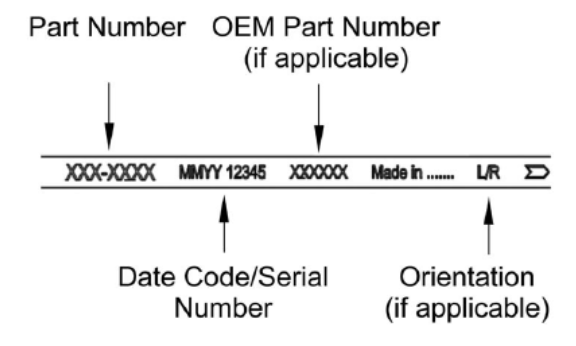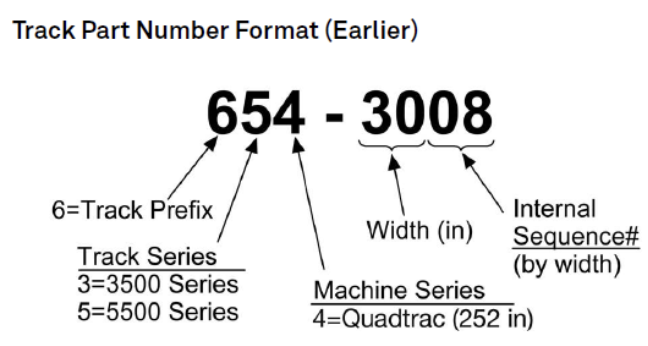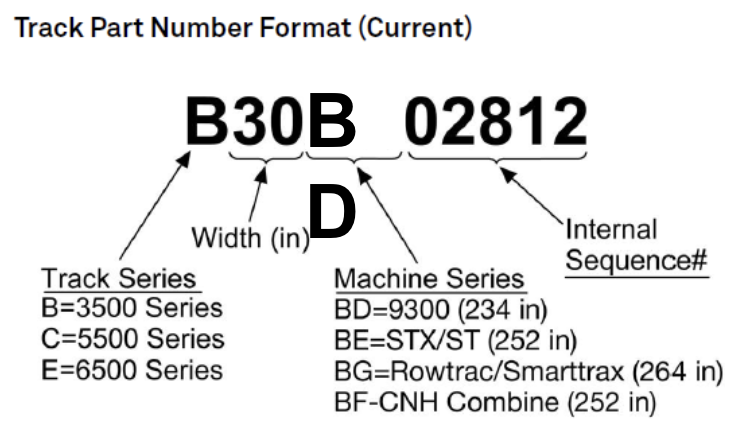In this episode of On the Record, brought to you by
Benzi America, Greg Roberg, vice president of sales for AgDirect, shares his expectations for potential rate cuts yet this year based on the FOMC’s comments in late July. In the Technology Corner, Noah Newman highlights the upcoming Precision Specialist Week. Also in this episode, one manufacturer who supplies a number of OEMs says “Ag is on the fastest roller coaster ride down in a quarter-century” and TractorZoom’s Andy Campbell provides an outlook on the used equipment market for the remainder of 2024.










Post a comment
Report Abusive Comment